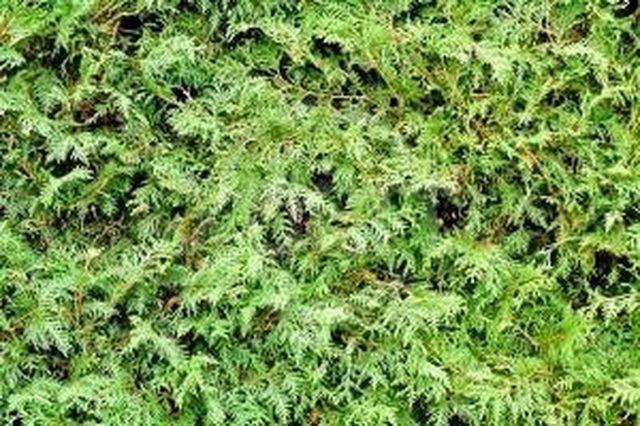Bulbs
Flower Basics
Flower Beds & Specialty Gardens
Flower Garden
Garden Furniture
Garden Gnomes
Garden Seeds
Garden Sheds
Garden Statues
Garden Tools & Supplies
Gardening Basics
Green & Organic
Groundcovers & Vines
Growing Annuals
Growing Basil
Growing Beans
Growing Berries
Growing Blueberries
Growing Cactus
Growing Corn
Growing Cotton
Growing Edibles
Growing Flowers
Growing Garlic
Growing Grapes
Growing Grass
Growing Herbs
Growing Jasmine
Growing Mint
Growing Mushrooms
Orchids
Growing Peanuts
Growing Perennials
Growing Plants
Growing Rosemary
Growing Roses
Growing Strawberries
Growing Sunflowers
Growing Thyme
Growing Tomatoes
Growing Tulips
Growing Vegetables
Herb Basics
Herb Garden
Indoor Growing
Landscaping Basics
Landscaping Patios
Landscaping Plants
Landscaping Shrubs
Landscaping Trees
Landscaping Walks & Pathways
Lawn Basics
Lawn Maintenance
Lawn Mowers
Lawn Ornaments
Lawn Planting
Lawn Tools
Outdoor Growing
Overall Landscape Planning
Pests, Weeds & Problems
Plant Basics
Rock Garden
Rose Garden
Shrubs
Soil
Specialty Gardens
Trees
Vegetable Garden
Yard Maintenance
How to Plant a Cedar Hedge
How to Plant a Cedar Hedge. Cedar hedges are ideal for bordering your yard or garden. They are easy to grow and require little maintenance. Cedar hedges can be shaped into a privacy screen, or used as a noise barrier. The hedges can also provide protection and shelter for young plants.

Cedar hedges are ideal for bordering your yard or garden. They are easy to grow and require little maintenance. Cedar hedges can be shaped into a privacy screen, or used as a noise barrier. The hedges can also provide protection and shelter for young plants.
Things You'll Need
Compost manure
Peat moss
5-15-5 transplanting fertilizer
Shovel
Soaker hose
Mulch
3-10-10 fertilizer
Dig a trench for your hedge that's at least 16 inches wide and 16 inches deep. Pick a location that is 3 to 4 feet away from streets, heavy slopes and walkways; streets and walkways can be treated with salt in the winter months that will harm the plants, while slopes can deprive the plants of much-needed water. Choose a location that's sunny to partially shaded. Too much shade will prevent a uniform hedge from growing.
Clean all weeds, grass, stems and debris out the dirt you removed from the trench. Mix the dirt with composted manure and peat moss. If you ground is very sandy, mix one part of your dirt with two parts manure and peat mixture, otherwise one to one is fine.
Plant your cedar plants 12 to 18 inches apart. Make sure they are standing straight up as you add the soil mixture back to the ground. Press the soil down tight to hold the plant up straight. Mix a 5-15-5 transplanting fertilizer to water and soak the ground around the plants.
Keep the ground wet. Use a soaker hose to water the entire hedge at once for several hours. The plants need to be watered deep once a week, rather than on the surface every day. Water more often if it is hot and dry.
Mulch around the plants to keep the soil moist and cool. The mulch will eventually break down and provide the soil with nutrients that the cedar plants require. Use a water-soluble, 3-10-10 fertilizer in May, June and July. After July, do not fertilize again until spring. Soak well in the fall for the winter.
Trim and prune in the spring. Hedges should be slightly narrower at the top then the bottom to allow sun to get to the bottom foliage. The hedges need to be open just enough to get proper air flow to prevent disease. Prune your cedar hedges into a shape, if you like, but remember that the bottom of the plant needs sun.